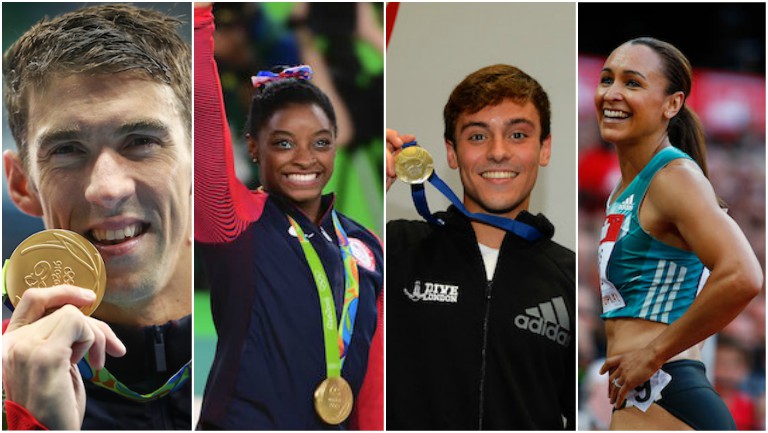With the Rio 2016 Olympics now well underway, many of us are left gawking at the TV screen wondering ‘how do they do it?’ Well, with the help of a Team GB nutritionist and an expert trainer, we reveal the secrets of an Olympic athlete’s workout, that you can use.
Let’s face it, Olympians are basically super humans, but actually, you’ll be surprised to know that there are a few basic tips and tricks of Olympic training that we can steal and use to boost our own workouts.
With the help of Team GB’s Head of Nutrition, Kevin Currell and Olympic and Paralympic trainer, Dr Gary Brickley, we reveal some of the most useful secrets to help you train like an athlete.
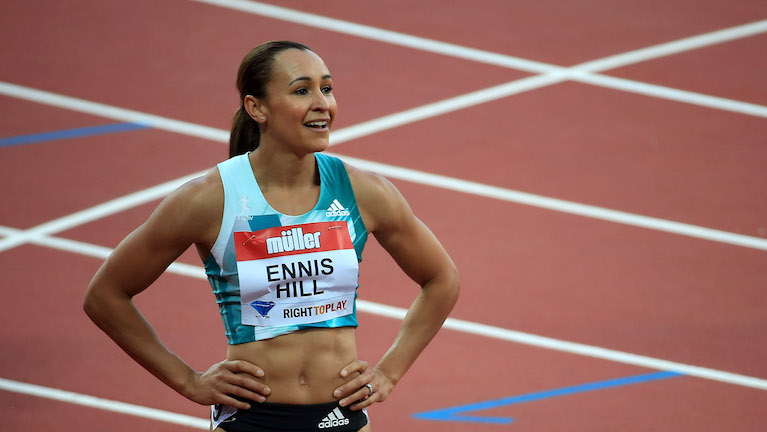
Commitment is everything
It’s probably one of the more obvious secrets, but that doesn’t take away the truth that’s behind it – being committed plays a huge role when it comes to working out and is one of the major factors that contributes to being successful.
‘It takes commitment to the task that you’re going to perform in,’ explains Dr Brickley, ‘whether you’re racing throughout the year or racing for a big competition, it requires numerous things – timing, planning, a focus on nutrition, the psychology of the sport and body awareness.’
It’s true, there’s no point in starting something if you’re not committed to it – we wouldn’t start a `TV series on Netflix and not finish it, would we now?
It’s the same with working out or training. If your aim is to lose weight or build muscle or swim 50 lengths of the pool, or complete the London marathon, in order to see results, you have to be committed and stick with it.
It is about self-motivation and trying to rationalise why you’re trying to achieve those things, whether it’s for your own personal benefits, ego orientated or being able to tell others what you have achieved
‘It is about self-motivation and trying to rationalise why you’re trying to achieve those things, whether it’s for your own personal benefits, ego orientated or being able to tell others what you have achieved,’ says Dr Brickley, ‘it does take personal motivation.’
Goals, goals, goals
Setting goals is a must – and an athlete’s secret that you should grab hold of and never let go. Whether it’s 20 minutes on the treadmill without stopping, completing a 5k run or even just getting your butt down to the gym on a Monday morning, setting goals can help you to figure out what you want to achieve and help you improve.
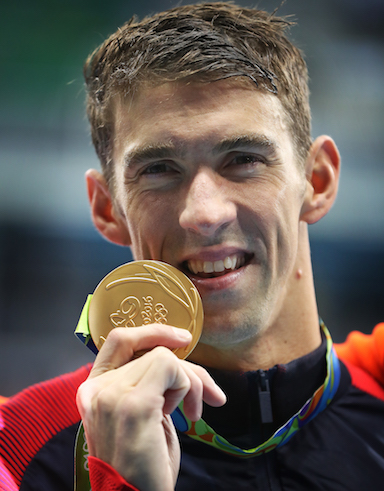
‘I like the athletes to set their own goals, then I sit down and modify those goals and see if they’re achievable and what’s needed – whether that’s training, nutrition, equipment or other factors.’ explains Dr Brickley.
‘An athlete might have a goal of breaking the world record and then you have to think, how can you get to breaking the world record, what have you got to do at the start, how much have you got to change your muscle mass, how many blocks of training have you got to do to achieve that goal.’
There are so many factors to consider and although breaking a world record might be a little far fetched for an everyday person who lifts weights in the gym, that doesn’t mean that you can’t set your own personal goals, or get a personal trainer to set some for you – it could be as small as beating your personal best or reaching a certain distance on the bike.
Dr Brickley explains that all goals are personalised but more than often, people follow broad guidelines that don’t work for everyone. 20 minutes of high intensity exercise, three times a week might not work for you, so you have to look at what you want to achieve and structure it according to your ability.
‘You have to look at each individual and think ‘what does this person need’,’ do they need to improve their endurance, do they need to improve their technique to enable them to achieve their goal, is this going to take one month or one year to turn things around?
Everyone’s got their goals that they’re trying to achieve
‘Everyone’s got their goals that they’re trying to achieve. It’s about breaking down that goal in to small segments to try and achieve that goal,’ he says.
So all you have to do is start small and then work your way up. Identify your end goal and then set the little goals that you need to achieve along the way. Before you know it, you’ll be making your dream goals come true.
Match your food to your exercise
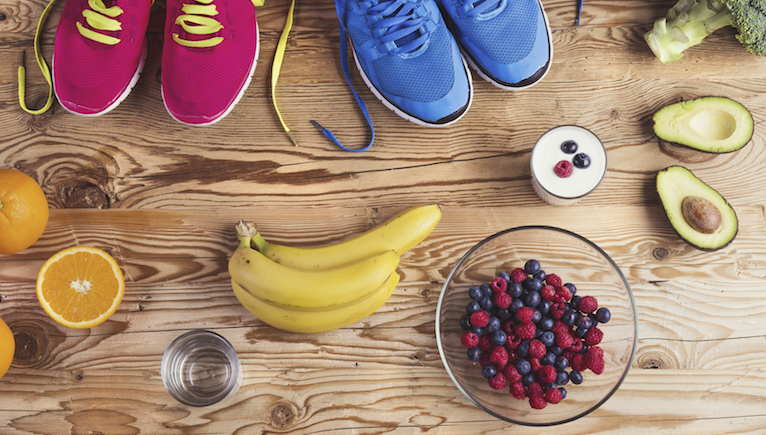
One of the ways you can feel like you’re training like an athlete is by matching your foods to your exercise. Understanding which foods can benefit you during particular exercises is a great skill that you can have and use to your advantage.
‘You’ve got to really understand what it takes to winning that event, and then fit the food to that’, explains Kevin Currell, Team GB’s Head of Nutrition.
‘So 100 metres, you’ve got to be fast and powerful out of the blocks. The event’s over in less than ten seconds, so you’re going to try and match the food to that event.’
Currell explains that when it comes to quick and powerful sports, you will want to feel light before you start, so having stodgy foods before you perform is probably not going to be your best bet.
‘On the flip side, if you’re going to go and run the marathon or do a triathlon – it’s around a 2-hour event – you know you’ve got to fuel the body, so carbohydrates are going to be king at that point,’ he said.
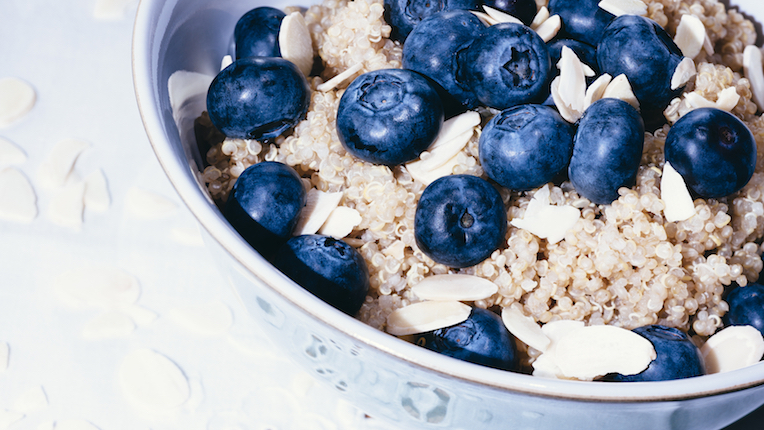
He goes on to explain that you should be looking for good quality, easily digestible carbohydrates that will provide you with enough nutrients to perform, such as porridge and bagels. These carbs should be consumed in the build up to your event – a few days before – and then two or three hours before you actually compete.
So, while it’s all and well and good knowing how to link your foods to your performance, Currell also has a second principle that we should follow.
Don’t do anything that’s going to harm your performance
‘Don’t do anything that’s going to harm your performance,’ he says.
While nothing is completely off the menu for athletes – even junk food – it’s about making sensible choices. Poor quality, processed, junk food is going harm your ability to train, so it’s best to leave it out, at least until you’ve reached your goal.
Junk food stresses the body, and to win an Olympic Gold you have to put your body through a huge amount of stress already.
‘If you stress your body on top of that by making poor food choices, you add an extra level of stress to the body and you don’t need to do that, ‘cause you’re stressing it enough with training,’ he said.
We might not be out here winning Olympic golds, but if you want your workouts to be effective and ultimately achieve your desired goals, it might be beneficial to keep the burgers, chips and takeaways on hold.
MORE: 7 running songs for your summer playlist
MORE: 8 proven ways exercise makes your happier
The before’s and after’s
You’ll be happy to know that calorie counting and strict diets aren’t so much of a thing as we first thought. But just like matching your food to your exercise, knowing what to eat and drink before and after is really going to help boost your performance.
According to Dr Brickley, the best time to exercise (especially if you want to lose weight) is in the morning, before you’ve consumed any type of food.
‘There are some key things that can be passed over that I’ve learned from working with athletes,’ he says, ‘things like training early in the morning in a faster state works very well for burning fat more efficiently and for some people that can help for weight loss, as well as efficiency in exercising.’
Dr Brickley explains that as soon as you consume carbohydrates or glucose, the body would prefer to use that as a fuel. So, if you’ve eaten a heap of toast and cereal and start to exercise, instead of burning fat, your body will burn carbohydrate, because theres more carbohydrate available at that point.
So, if losing weight is one of your set goals, remember to try to not eat before working out in the morning.
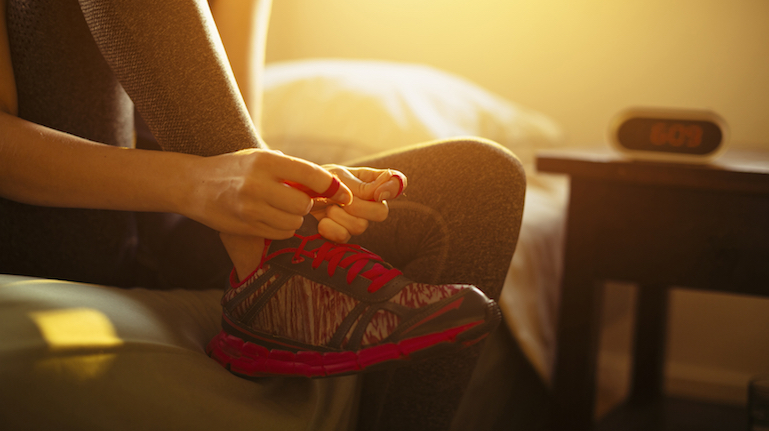
However, if you’re looking for that energy or performance boost, Kevin Currell suggests having a shot of beetroot juice before exercising.
‘Beetroot juice has been well researched in the last few years and in some events, there’s good evidence that it could help your performance.
‘As long as it’s on top of good training for the months before, a good general diet and you’ve got plenty of carbohydrate and protein in your diet to help you, then they’re like a cherry on top of the cake.’
MORE: 6 ways to lose weigh by the A-List trainer
MORE: 30 day bikini body challenge: Day 1
And as for eating after exercise, both experts suggest protein, carbohydrates and hydration are key.
According to Dr Brickley, the whole lifestyle of an athlete is very heavily based on recovering from each exercise and the key factors of recovery are protein and hydration.
‘We know after you train, the body’s in a good state to absorb all the nutrients into the muscle that you take on board,’ said Kevin, ‘so protein after training certainly is key.’
So if you’ve just finished a 45 minute spin class or been out cycling for a few hours, it is important to get carbohydrates back in to your body, whereas if you’ve just had a quick weight lifting session at the gym, you won’t need to worry as much.
There are no excuses
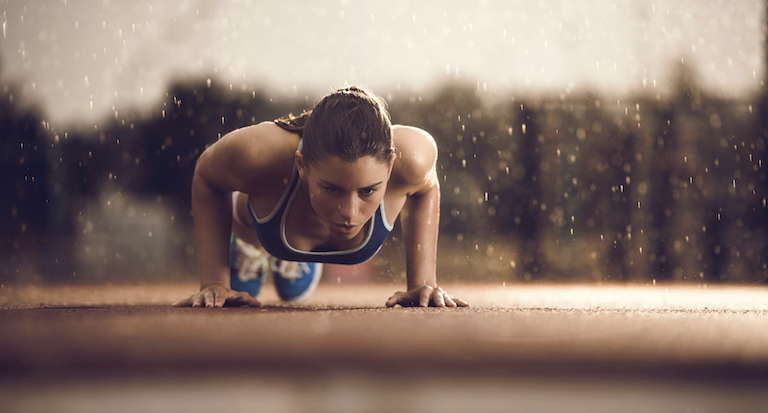
Those infamous, ‘I’ll start tomorrow’ and ‘I don’t have time’ excuses won’t get you very far with an Olympic athlete’s trainer, because when it comes to training like an Olympian, there are no excuses.
According to Dr Brickley, the most common excuse used is ‘lack of time’, alongside lack of commitment, focus and facilities, monotony of training and doing things without variation.
‘People will find numerous excuses but if you look at the people at the top, they will just get on and train’ he said.
People will find numerous excuses but if you look at the people at the top, they will just get on and train
‘Sarah Storey, who I work with, has got a young child and has been breastfeeding for a long period, yet she still goes out to training and is winning world championships and taking her daughter with her everywhere she goes, so there’s no real excuses,’ he explains.
So, forget the ‘I’m too tired’s and the ‘I don’t have time’s, if you’ve really got what it takes to train like an athlete, you’ll have no excuses.
Prepare to re-assess and be a risk-taker
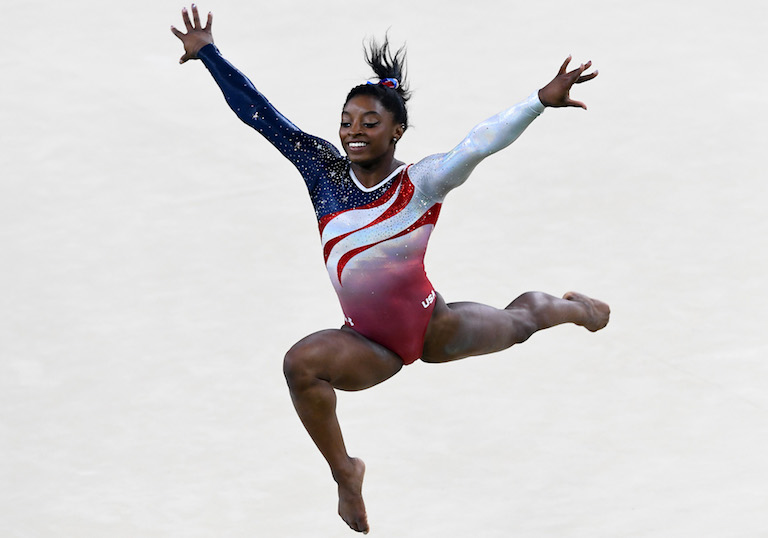
Believe it or not, professional athletes are human and experience failure as much as we do, but it’s how they overcome that failure that counts. Their secret – to re-assess and take risks.
As Dr Brickley explains, there’s no point in continually failing as that’s going to keep knocking you back. That’s where assessing and re-assessing comes in. In order to do that, you need to make sure you tick certain aspects off of your list of goals, acknowledge them and move on to the next level.
‘So, if you’re constantly achieving your goals, maybe they’re a little bit too easy and you need to have a few more dream goals, and you may have to think about how you can break down the goal you’re going to achieve,’ Dr Brickley explains.
Once you’ve figured that out, you might need to occasionally take more risks in order to push yourself a bit further, otherwise, you could end up spiralling downwards.
‘It might be that you’ve got to re-assess and try something different,’ said Dr Brickley, ‘not everyone is motivated by the gym so it may be you’ve got to work outside a bit more, take on a different venture, do something a bit more risky or take someone with you to help you achieve those goals.’
Additionally, Brickley explains that working with a coach or someone who’s input you respect can help push you to the next level.
‘It’s re-assessing and then at the top end, it’s more about taking higher risks,’ he said
‘You shouldn’t give up, you should re-assess.’
You shouldn’t give up, you should re-assess
MORE: Best sweat-proof make up to last through your workout
INSIDER TIP: JESSICA ENNIS’ SECRET FOR RIO 2016
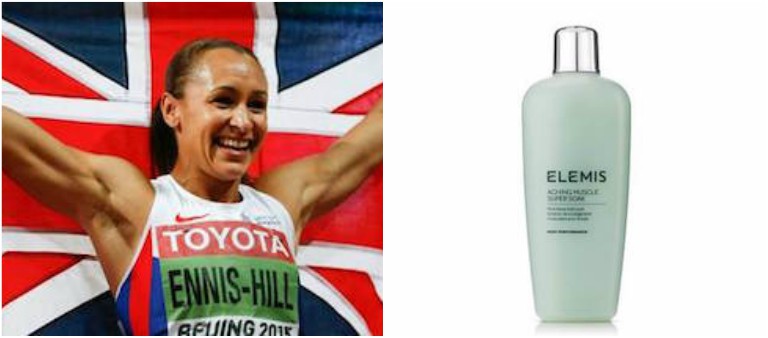
Olympic champion, Jessica Ennis-Hill revealed she’ll be taking the Elemis Aching Muscle Super Soak to Rio. The deep heat aroma remedy is fantastic for overworked, tired and aching muscles. It uses extracts of birch, juniper, clove, alpine lavender, wild thyme and blue chamomile and sea salt to warm muscles and recharge the body.

Dr Kevin Currell has been the Head of Performance Nutrition at the English Institute of Sport since 2013. He is also the Lead Performance Nutritionist for British Athletics and GB Short Track.
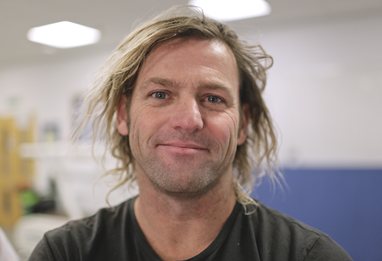
Dr Gary Brickley is a senior lecturer in exercise physiology at the University of Brighton. He has coached numerous cyclists to Paralympic gold medals from 2004 to present. Dr Brickley also coaches in swimming and triathlon. He has a PhD is muscle metabolism and an MSc in cardiology. He has published widely on cycling, swimming and cardiology
Like this article? Sign up to our newsletter to get more articles like this delivered straight to your inbox.



